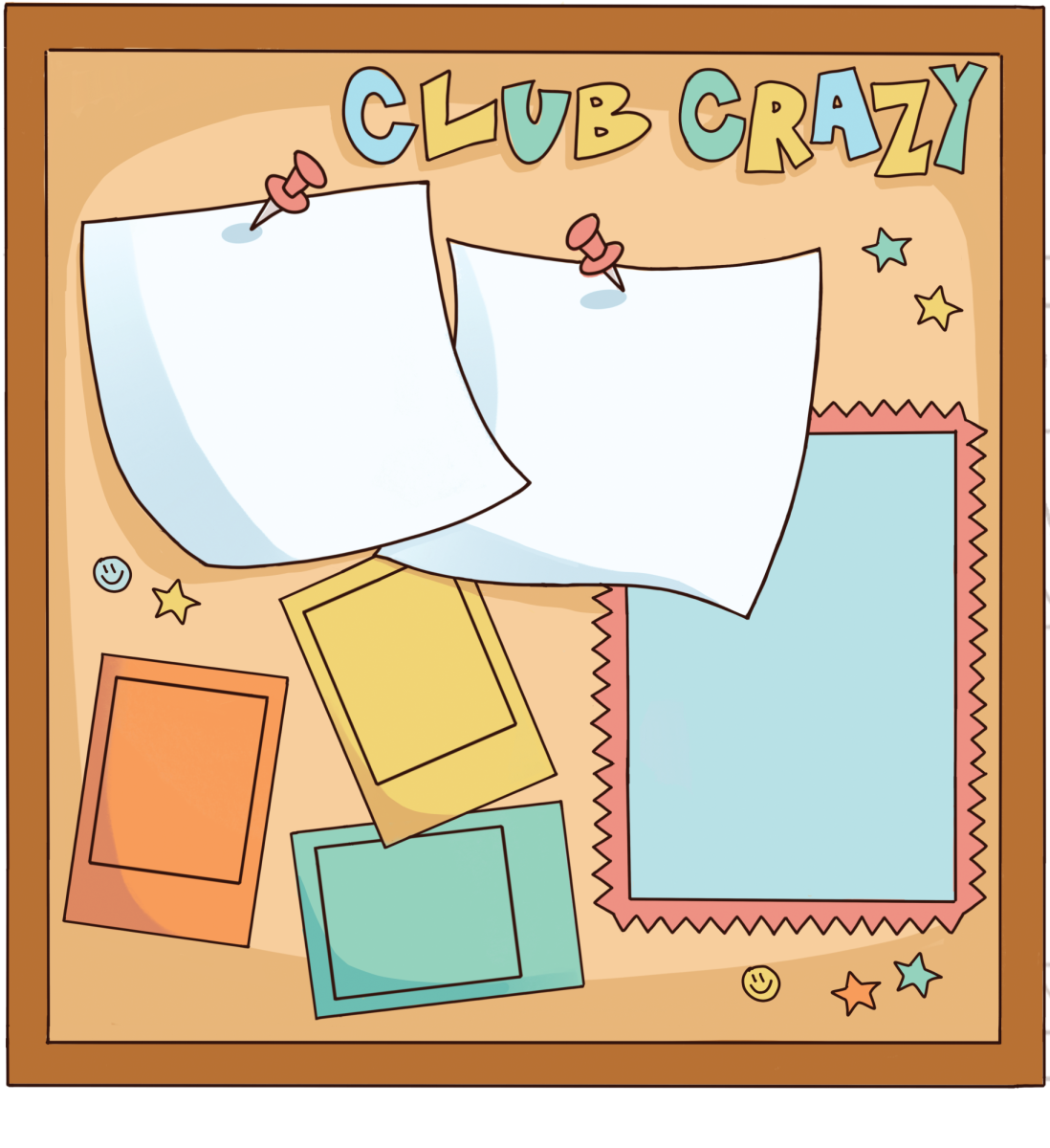On a hot summer day, Lady Bird Lake can be seen full of paddle boarders, kayakers, and rowers, but no swimmers. Lady Bird Lake is a reservoir of the Colorado River, which passes through downtown Austin and acts as an important source of water for recreational purposes and drinking. However, some regions of the river, such as Lady Bird Lake, are home to pollution and toxic algae. Many organizations, such as Austin Water, Keep Austin Beautiful, and the Water Environment Association of Texas (WEAT) have been taking steps to save the river.
Jay Porter is an Environmental Conservation Division Manager at Austin Water Special Services, and he handles the industrial wastes that get treated to go out into the Colorado River. According to Porter, swimming is prohibited in the river when the algae, specifically cyanobacteria, which produces toxins, blooms.
“That particular kind of [algae] has a toxicity to it,” Porter said. “So it can make a dog or a cat sick or ill or even die. It makes a human ill also, but we’re bigger animals, so the toxicity isn’t going to be an immediate problem to a person like with a small dog.”
Matias Pasch is the Operations Coordinator of WEAT, a nonprofit organization with the mission to educate and raise awareness on the importance of clean water. One threat to clean water is the toxic algae, which Pasch explained feeds off of the nutrients brought into the water.
“The factor that has the main influence on how hospitable the water is is the available nutrients,” Pasch said. “Because if you have high nutrient content in there, it’s just fertilizing the ground, and there’s going to be some kind of growth that happens. Some organisms are going to take advantage of the nitrogen and phosphorus present in the water and use that as fuel essentially.”
Brent Bellinger is a clinic ecologist with the Austin Watershed Protection Department. Bellinger explained that most of the nutrients that go into the Colorado River are from fertilizers and septic systems, which are wastewater treatment systems.
“There’s a lot of sediment that’s being washed into the Colorado River,” Bellinger said. “And those sediments generally contain nutrients. It could be because of fertilizers, it could be because of some septic. It could be because of animal waste, human waste, and other things. So when all those sediments come in, those nutrients then can become available to fuel the algae growth.”
Austin Water has been trying to treat its water to make sure it’s safe to be released back into the Colorado River. This is to ensure the river’s ecological balance and maintain the water quality for users downstream.
“The nutrients from house water isn’t an issue with the way we treat it,” Porter said. “We treat the water to a higher standard to discharge it back to the Colorado River.”
Treating wastewater and sewage is an important aspect of public health and infrastructure. It has played a crucial role in reducing waterborne diseases and improving community well-being.
“Treating wastewater and sewage, and making sure that the discharge downstream is clean, has saved more human lives than any other public health intervention like medicine or medical innovation,” Pasch said. “None of that has had as profound an impact on the rates of disease and avoidable deaths than treating wastewater has.”
Pasch clarifies that changing established habits and attitudes often requires time, education, and community engagement. In the case of waterways, the challenge is harder because these areas are often used for purposes other than serving as a source of water.
“Social engineering and behavioral change are hard,” Pasch said. “And as long as waterways are our amenities and people take their dogs to the parks, [and] by the creeks, there is a certain amount of danger inherent to that.”
Treating wastewater and sewage, and making sure that the discharge downstream is clean, has saved more human lives than any other public health intervention like medicine or medical innovation. None of that has had as profound an impact on the rates of disease and avoidable deaths than treating wastewater has. — Matias Pasch
“So we’re looking at different criteria that we could put in place,” Bellinger said. “We can’t have nutrients over these thresholds, otherwise, things go downhill. Things could get worse or things could get better. More people could become aware, more people could become conscientious. More people could do their part. We can slow [damage] down, maybe reverse it. It’s up to the community at large.”
According to Porter, Austin Water is creating a plan to figure out how to supply clean, fresh water. Porter said that keeping the water clean during the distribution is very important to Austin Water.
“You’re always watching what’s going on,” Porter said. “We also do water quality testing. We have a water quality lab that goes out and tests both our distribution system and surface water issues.”
Bellinger sums up what should be in the mindset of many people when trying to save the environment. He emphasizes the importance of individual actions and collective efforts to combat environmental challenges.
“It’s just a matter of scale,” Bellinger said. “The mantra that a lot of scientists have is to think globally, and act locally so that what we do here will scale up and have big impacts down the road.”




